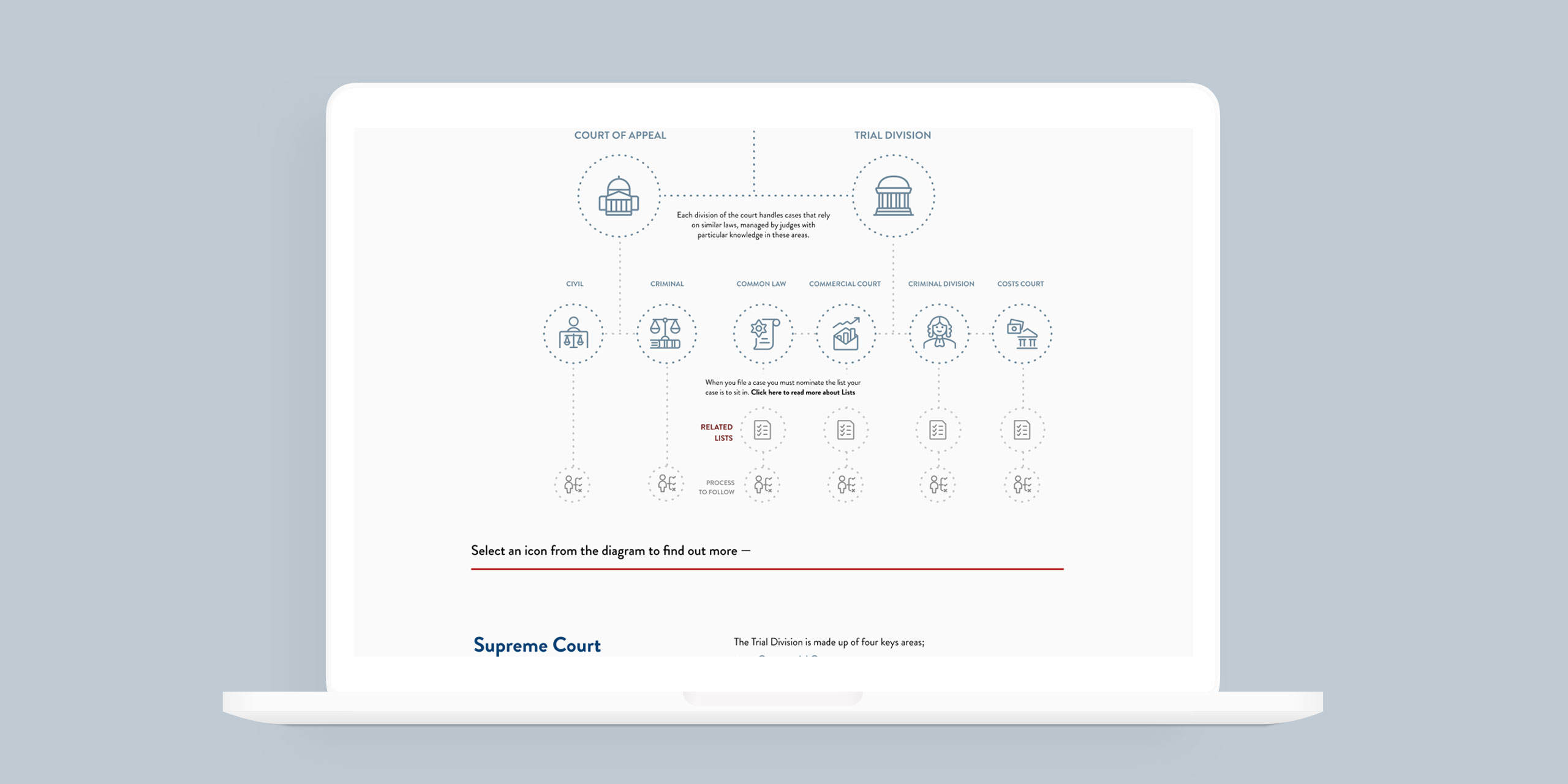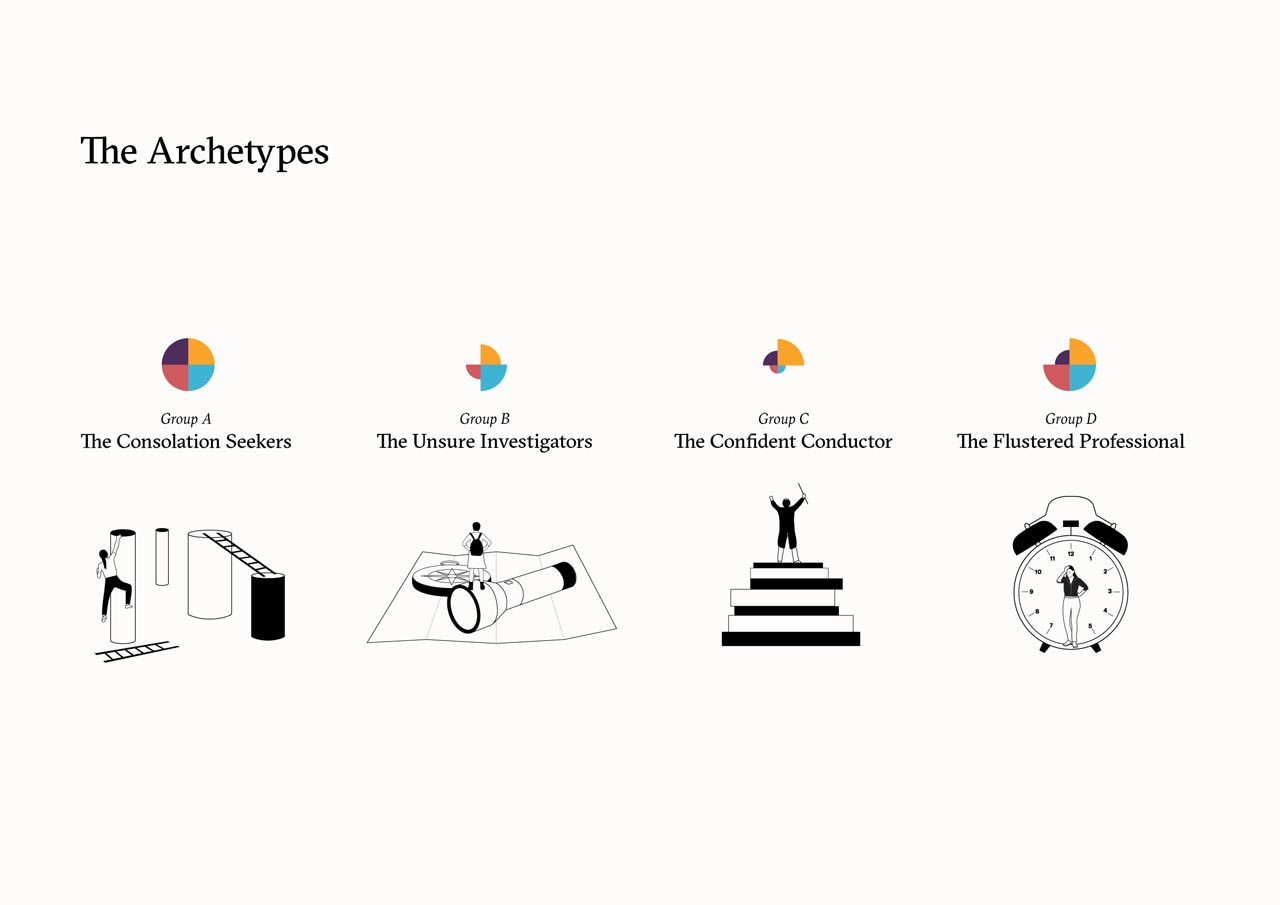Our design research brought to light gaps in the court’s service, and the participatory design model helped us determine how to fill them. Our goal was to design a solution that made best use of the resources at hand, was strategically sound and able to be implemented with ease.
By using a participatory approach throughout the design phase, we were able to strategically design solutions that directly addressed the key complaints of the user – that information was hard to find, processes weren’t clear, and self-service wasn’t readily available.





